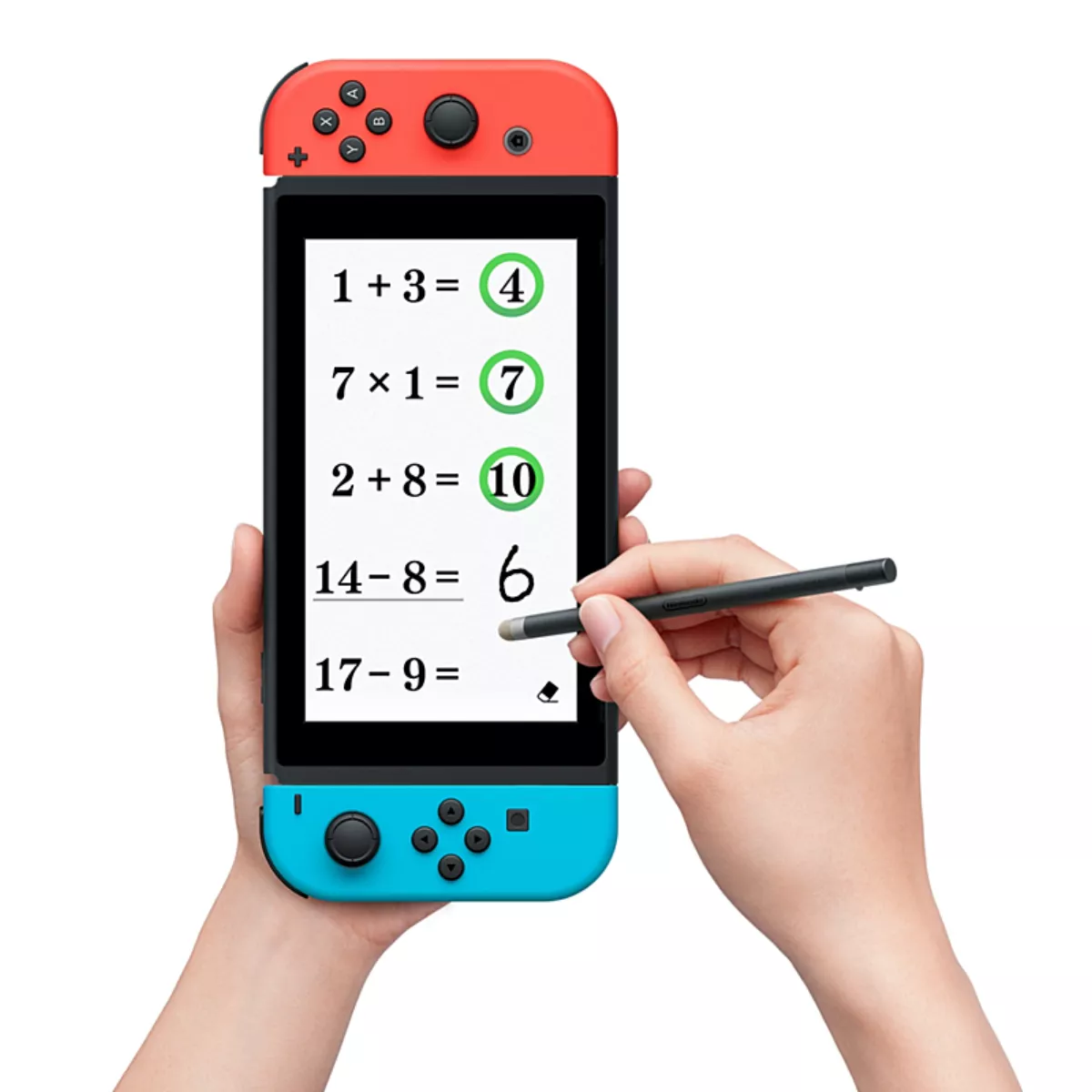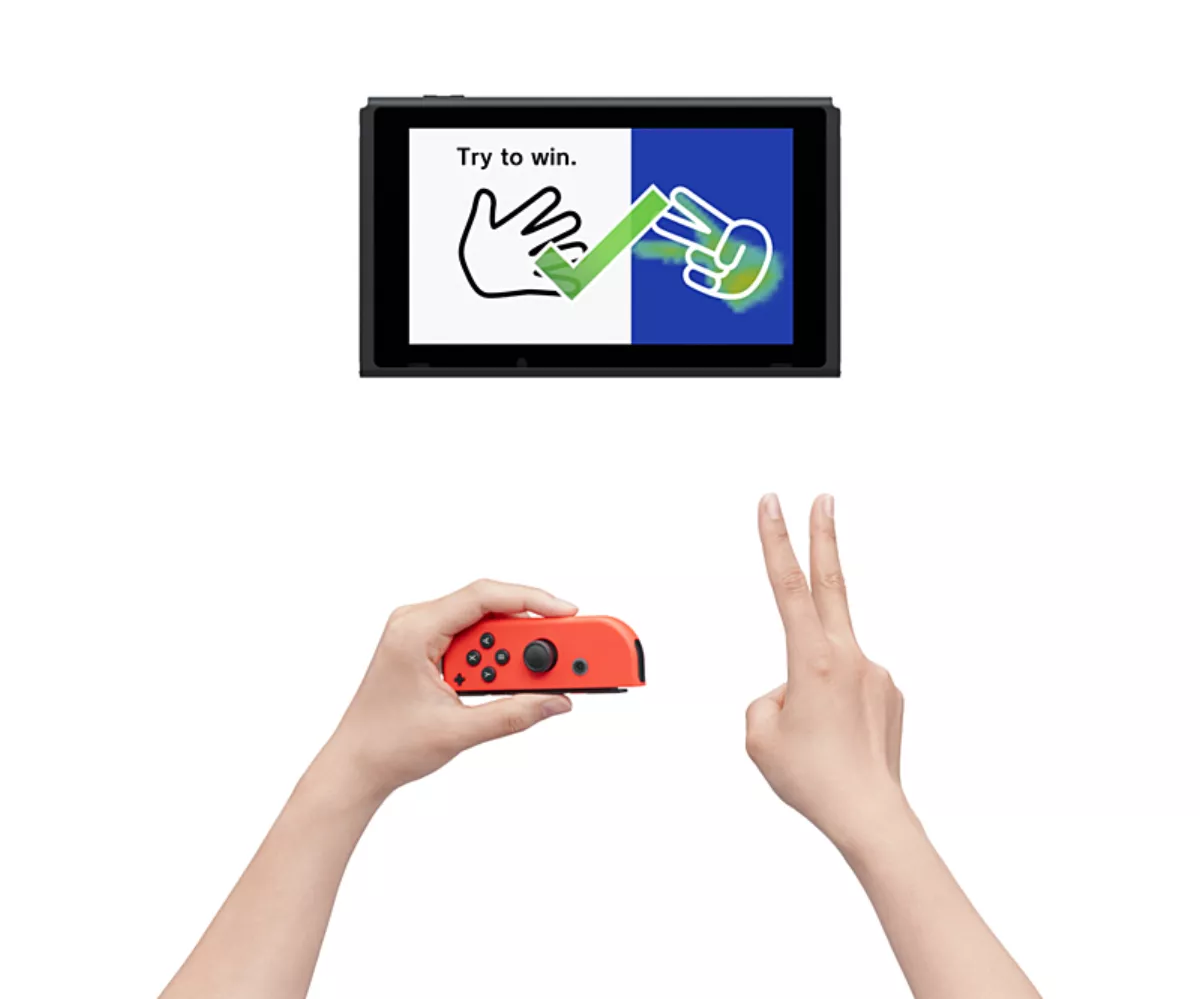
Game review: Dr Kawashima’s Brain Training for Nintendo Switch
Dr Kawashima's Brain Training was originally released as Dr Kawashima's Brain Training: How Old is Your Brain on the Nintendo DS back in 2005. The game was very popular back then and it was one of the reasons that non gamers would purchase a Nintendo DS. How well does this game hold up 15 years later?
Brain Age
The Game starts with Dr Kawashima's Bobbly floating head explaining to you that your brain has an age and that you need that age to be as young as possible. The game then asks you to take a Brain age test. This is done through three randomly chosen exercises each day. The three exercises fall under three categories: Self Control, Processing Speed, and Short- Term Memory. The exercises include things like solving math calculations, Connecting Mazes, Speed Counting Test, and the much hated Memorize 5x5 test that asks you to memorize a grid of 5x5 numbers and then fill in all the blanks. At the end of each day, you will get your new brain age as well as a daily stamp.

Daily training
The game also has a second mode called Daily Training. In this section, you can train your brain to be better by playing a series of mini games. The game only starts you up with two unlocked mini games. After you finish the two, you get another daily stamp. The game encourages players to come back daily, as that is the only way to unlock the rest of the game. If you do not want to cheat and change the time on your Switch, it will take a serious player almost 3 weeks to unlock the full game.
After unlocking everything, the game actually has a decent selection of mini games that include Sudoku, Germ Buster (which is essentially a Dr Mario spin-off), Masterpiece Recital, Dual Task, Photographic Memory, and Rock, Paper, Scissors.

The mechanics
The mechanics of the game vary depending on the mini game. Some games like the Dual Task one require you to press on the screen in two different places - such games run perfectly as it is something the Switch's touch screen can handle without any problems. Other games like Sudoku or solving mathematical equations require you to write a number on the screen using your finger or the provided stylus - this works nine out of ten times. While nine out of ten sounds good, that one time will affect your score.
Games like Rock, Paper, Scissors or the Gesture repeating game is where the problems start. On the Nintendo DS version players had to scream their answer, however the Switch doesn't have a microphone.
In the Nintendo Switch version of the game, the game uses the IR camera in the right Joy-Con. You have to hold the camera facing your hand, and then it will understand the hand gesture. At first this seemed like a cool change. Sadly, it doesn't always work. I found myself getting frustrated, wasting minutes trying to get the camera to recognise the correct gesture. This badly affected my score and discouraged me from wanting to play more.

Conclusion
While Dr Kawashima's Brain Training is an amazing educational game that can be enjoyed by both kids and adults, I am not sure it is filling the need that the original game filled.
Fifteen years ago, I would've definitely paid full price for such a game, but in 2020 everyone has a smart phone, tablet or iPad lying around with thousands of brain training apps available for free. It is one of those games that I would only purchase for an older relative that has a Switch – and only if the game was on sale.


